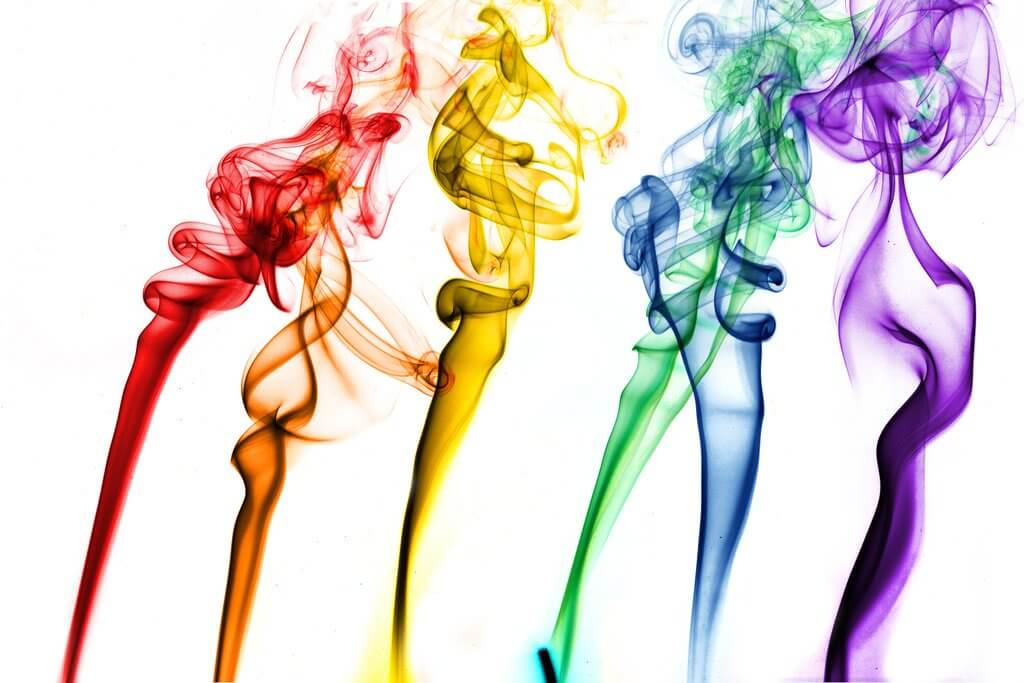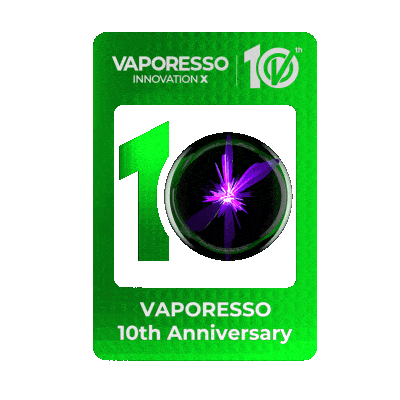Vaping is super popular these days, with vape shops popping up on every corner. And where there’s vaping, there can sometimes be...acne? If you’re a vaper struggling with breakouts, you may be wondering if vaping is the cause of your pimple problems. Let’s explore the potential relationship between vaping and acne breakouts.
At first glance, vaping seems harmless enough. It’s just inhaling water vapor - so how could that lead to zits? But some vapers report noticing more frequent acne flare-ups after starting vaping. Is this just coincidence or bad luck? Or is there a legitimate connection between vaping and acne? The research is still evolving.
In this post, we’ll break down some discussion so far about the possible links between vaping and acne. We’ll also share some tips for how vapers of any age can better manage those pesky breakouts. So read on for the full scoop on the vaping-acne debate! While the jury is still out, we’ll explore how vaping may contribute to acne and what you can do to keep your skin clear.
What Is Vaping Anyway?

Vaping refers to inhaling vapor from electronic vaping devices like e-cigarettes, vape pens, and mods. Inside these devices, a heating element warms up a liquid, turning it into an inhalable vapor.
The vape liquids contain a complex mix of chemicals:
- Nicotine - Most vape juice contains high concentrations of nicotine, an addictive chemical. Nicotine causes blood vessel constriction and inflammation in the body.
- Vegetable glycerin and propylene glycol - These two chemicals comprise the majority of vape juice liquid. Glycerin is a thick, syrupy liquid derived from plant oils. When heated to a high vapor point, it produces dense clouds of vapor. Propylene glycol is a petroleum-based liquid used for absorbing flavor mixtures.
- Flavor chemicals - Thousands of artificial or synthetic flavor chemicals are used to make vape juice taste like fruits, desserts, candies, tobacco, menthol, etc. Popular flavors include strawberry, cream, mango, mint, and cinnamaldehyde. These chemicals are concentrated, with 10-15% flavor mixes in vape liquids. When inhaled, flavor particles may be small enough to penetrate deeply into lung tissue.
- Contaminants - Vape juices can contain traces of formaldehyde, acetaldehyde, metals, and other contaminants when overheated or produced cheaply. Long-term inhalation exposure, even at low levels, may impact health.
When vape juice is heated and vaporized, you're inhaling a complex mixture including concentrated nicotine along with particulates from glycerin, synthetic flavor chemicals, and potential contaminants.
While vaping provides a less harsh experience than smoking combustible cigarettes, research is still evolving on the long-term impacts of routinely inhaling these chemicals by vaping. Let's look closer at how vaping could potentially lead to acne breakouts.
How Vaping and Acne Are Connected ?

Researchers have a few theories/researches on how vaping could spur acne:
- Nicotine causes inflammation and constricts blood vessels. This can worsen breakouts.
- Propylene glycol and vegetable glycerin in vape liquid may clog pores.
- Added flavors and chemicals may irritate skin and pore lining.
- Repeatedly touching your face with vaping devices can transfer dirt and bacteria.
- Vaping may indirectly cause poor diet, dehydration, or vitamin deficiencies, also tied to acne.
So while vaping doesn’t directly touch your skin like cigarette smoke does, the ingredients you’re inhaling as well as vaping habits may promote acne. But right now, there isn’t a lot of firm data to assertively prove that vaping can cause acne.
The Evidence on Vaping and Acne
Only a handful of scientific studies have looked at the connections between vaping and acne. And the results are mixed. Let’s review what researchers have found so far:
- A paperstudy published on Dermoto Endocrinology found the frequency of clinically non-inflammatory (atypical) post-adolescent acne (APAA) among women is a possible correlation with cigarette smoking. But the paper couldn’t prove vaping was the direct cause, considering vaping are quite different from cigarette smking.
- A small 2019 study of smokers ages 18 to 35 found those who vaped had more acne lesions than non-vapers. But again, a causal link wasn’t clear.
- However, a survey published in 2021 found no significant difference in acne between people who vaped and non-vapers.
- Lab research also shows components of vape liquid like propylene glycol don’t directly harm skin cells.
So right now, there’s no smoking gun (or should we say vaping gun) proving vaping causes acne. But many vapers do report noticing more regular breakouts after they start juuling. There seems to be some connection, but we need more large-scale studies to understand it.
Tips for Vapers Dealing With Acne

If you vape and think it may be worsening your acne, there are some lifestyle changes and skincare habits that may help clear your skin:
- Hydrate, hydrate, hydrate! Be diligent about drinking plenty of water daily to keep your skin hydrated and flush out impurities. Aim for at least 64 ounces per day. Avoid dehydrating caffeinated or alcoholic beverages.
- Follow a nutritious, anti-inflammatory diet. Eat plenty of fruits, vegetables, healthy fats like avocado, nuts and fatty fish, and antioxidant-rich foods. A vitamin-rich diet provides nutrients vital for healthy skin cell turnover and collagen production. Deficiencies in vitamins A, D, E, and zinc can worsen acne.
- Establish a consistent daily skincare routine with acne-fighting ingredients like salicylic acid or benzoyl peroxide. Use a gentle cleanser twice a day, followed by an oil-free moisturizer. Spot treat blemishes with benzoyl peroxide. Exfoliate 2-3 times a week to unclog pores.
- Never let your vape device touch your face. Set it down on a clean surface. Also, wash your hands before touching your face to avoid transferring dirt and oils that clog pores.
- Use oil-blotting papers and matte powder to control shine and remove excess dirt and oil throughout the day. Shine and oil buildup exacerbate breakouts. Blotting helps keep pores clear.
- See a dermatologist for stubborn acne, especially if cystic. Prescription topical or oral medications may be needed alongside lifestyle changes to clear acne worsened by vaping. Be patient - it can take 6-8 weeks to see results.
Making skin-healthy lifestyle choices and sticking to a solid skincare regimen can help manage acne breakouts you suspect may be linked to vaping. But be consistent and patient - it takes time to see skin improvements!
The Takeaway: More Research is Needed
So does vaping cause acne? Right now, the answer is not sure. Early research shows there could be a connection due to ingredients in vape liquid that provoke inflammation or clog pores. Many vapers also notice more pimples after they start juuling.
However, larger controlled studies are still needed to determine if vaping is a direct cause of breakouts, or just loosely correlated. In the meantime, acne-prone vapers should be diligent about healthy skin habits. Drink plenty of water, don’t touch your face, maintain a consistent skincare routine, and consider seeing a dermatologist for help getting breakouts under control.
While the hard evidence isn’t all there yet, it seems wise for vapers experiencing acne to err on the side of caution. Limit vaping, follow good skincare practices, and have patience dealing with potential breakouts. And of course, those teens sneaking vape breaks in the bathroom should be aware there may be some unpleasant skin effects along with the fruity vapor clouds!







COMMENTS